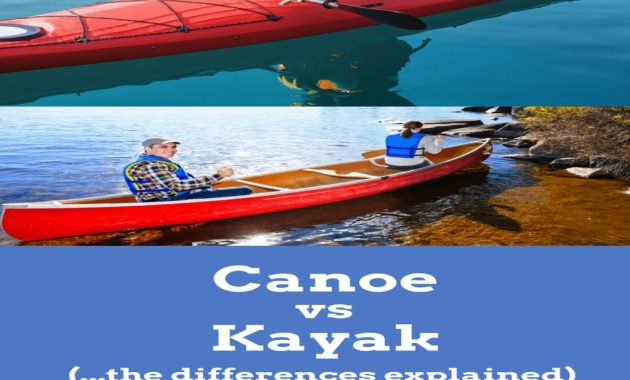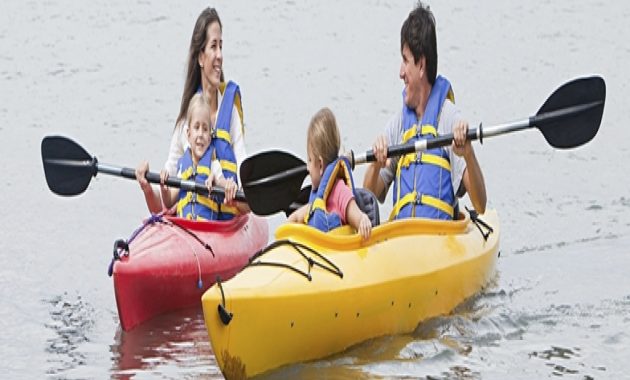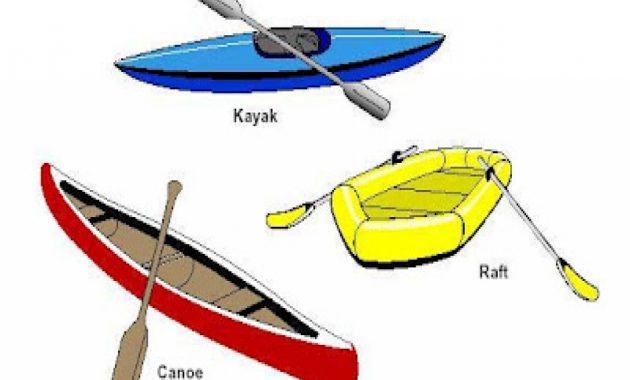Canoe Vs Kayak and having spent a fair amount of time teaching and enjoying both canoeing and kayaking on flat lakes and whitewater rivers alike, I should be able to give a decisive answer. I like how paddling a canoe is more of an art than the science of paddling a kayak, and I feel much safer in a canoe on moving water than I do in a kayak wearing a spray deck.

They sit much lower in the water than canoes, and so to prevent water coming into the kayak through the cockpit, spray skirts are often worn by the paddler. I love sharing my canoe with other people, but I equally enjoy the serenity of time on the water on my own.

Put a bunch of paddlers in a room together and the canoe vs kayak argument will keep them entertained for hours. So to clear things up, this canoe vs kayak guide will leave you never questioning the difference again.

I coached kids how to canoe and kayak, and despite always having a soggy backside, it was a really fun and enjoyable job. And remember, only enter into the canoe vs kayak argument once you’ve tried and tested both.

One of the most common questions, that was actually quite sensible, was“Miiiiss? Is this a kayak or a canoe? And what’s the difference anyway?”. Canoes are paddled with a single paddle (not an oar!), which can be used on either side of the canoe.

Paddlers can adopt what is know as a ‘J’ stroke which allows them to paddle in a straight line without having to swap sides all the time. Or can they?! Well let’s take a closer look at the canoe vs kayak argument by highlighting their pros and cons.

And, you guessed it, ask a canoe fan the same question and of course they will most likely say that canoeing is without question better than kayaking. Kayakers use their knees to brace against the sides of the kayak and advanced paddlers will use this to their advantage when paddling.

